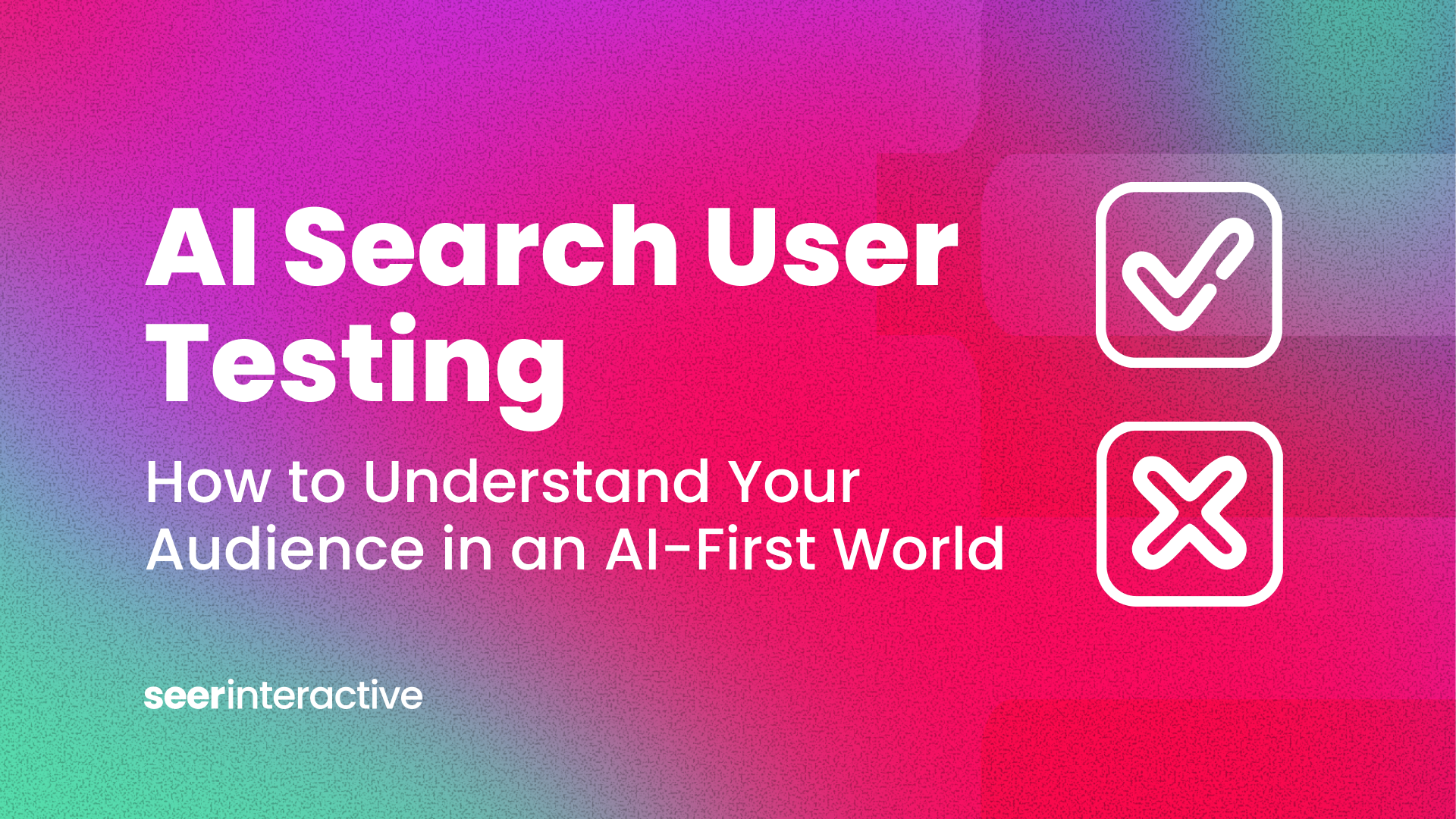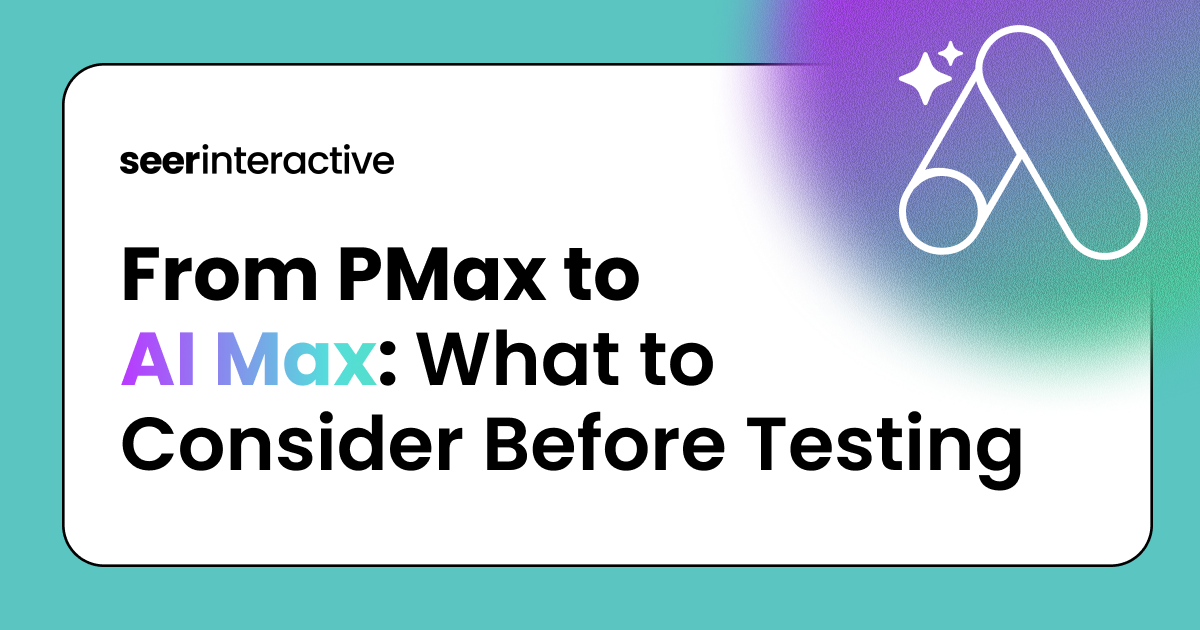Think about a routine SEO workflow: Google Search Console in one tab, SEMRush in another, Google search results, competitor websites, Screaming Frog, or Chrome extensions for scraping and a spreadsheet for all the copy‑pasting.
Live data, fewer tabs, measurable outcomes… that’s the promise behind genuine agent workflows. A well‑built agent collapses that sprawl into a single workspace, turning context‑switching time into decision‑making time.
I wanted to prove that an SEO workflow could run start to finish in one environment. Not endless tabs.
The test: prove that an agent connected directly to Google Search Console (GSC) can spot near‑ranking terms and recommend precise on‑page updates. All without leaving one tab.
Spoiler: Within seven days, our target phrase moved to position 6 and clicks rose 28 %.
Here’s how I did it.
From Endless Tabs to One Gameplan: Building Agentic SEO Workflows
So how do you prove that a SEO workflow could run start to finish inside a single agent environment? The proof‑of‑concept unfolded in four moves:
- Evaluate the data.
Pull striking‑distance terms (positions 7‑12) directly from GSC (standing in for Signals) - Gather intel.
Scrape live SERPs and query Google using Ninjacat’s built‑in tools - no extensions - Intel and content analysis.
Extract full text from our page and the top competitors - Suggest (and implement!) changes.
Compare content side by side and auto‑draft a focused SEO action plan
A quick litmus test for how “agentic” a process really is comes down to two counts:
- Browser tabs opened
- Copy‑and‑paste actions required by me
When both numbers get close to zero, you know automation is carrying the load. If they spike, the workflow still lives mostly with the human.
Why this matters: The recommendations (optimize titles, tighten intent, add supporting examples) are familiar. The breakthrough is generating them without leaving one workspace, maintaining the value of the recommendations as if I had pulled them myself, while preserving context and speed for analysts.
(Watch Quick Demo or Read On)
For full demo, see end of blog.
Step 1: Connect the Data & Set the Filters
NinjaCat integrates GSC out of the box, but it also offers connectors for Google Ads, GA4 and dozens of other sources. For this proof‑of‑concept I linked only GSC, then handed the agent a concise game plan:
- Query keywords ranking in positions 7‑15 (our striking‑distance window)
- Pull impressions, clicks and CTR for each term
- Map keywords to URLs
- List 15 landing pages where high‑impression / low‑CTR terms appear in striking distance


I asked it to give me a list of 15 pages that had high impressions, but low click-through-rates, where there were also keywords within striking distance.
One URL jumped out: a comparison I wrote on Google Deep Research and OpenAI’s Deep Research.
Step 2 – Check Keywords & Validate the Competition
The agent’s Search Console Tool grabbed some top keywords within striking distance:

Next, the Google Search tool fetched the current top results for those head terms. Unsurprisingly, Google, OpenAI and Perplexity.ai owned the prime spots. Heavy hitters. Not the kind of brands you’re going to out-rank just by tweaking a meta description.

Rather than chase well‑defended head keywords, I pivoted the prompt to longer‑tail variants and scraped our own page for extra context.

Step 3: Identify a Viable Angle
How can we pivot the strategy to so we’re not competing where we’d struggle to gain traction?
The recommendations suddenly became much more niche. Applications for digital marketers, speaking directly to the audience that I wanted to reach. More hands on advice to add into the article, I like that.
Using the GSC export the agent suggested a practical variant: best deep research AI for digital marketers. The phrase sat in position 12 with solid impressions and minimal brand bias.

Step 4 – Compare Top Content & Draft the Outline
So now we:
- Pulled in the top search results for that keyterm (sites like ByteBridge, Reddit threads and TechRadar)
- Scrape those top 3 URLs so we can understand the content that is performing
- Compare it to our page to inform how we can do better


The agent summarized each competitor’s strengths (depth, unbiased tone, user feedback) and flagged gaps on our side. It produced a structured outline that:
- Added real‑world use cases for SEOs
- Introduced a feature‑comparison table
- Tightened sub‑headings around intent

Step 5: Apply Changes Without Going Anywhere
"Apply your optimization plan directly to the scraped version of our page."
- Title tag: from OpenAI vs. Gemini to Best Deep Research AI for Digital Marketers
- Added a comparison table focused on tasks that matter to SEO leads
- Retained core narrative but reframed key sections to answer “why this tool matters for marketing teams”

The Results:
Within one week the page moved to position 6 for best deep research AI for digital marketers and logged a 28 % click uplift. Next we’ll monitor conversions to validate business impact.*

What In‑House Teams Should Do Next
AI agents can enable you to do a lot of stuff. And ‘stuff for stuff’s sake’ is just more work. If this is the future, you want to be sure you’re thinking critically about *understanding the outcomes you’re building toward and the business value it’s bringing.
Define your targets and key business outcomes, and then:
- Connect first‑party data. In SEO, for example: Can you connect your search data sources: search console, google analytics, and google ads directly to your agents?
- Agree on filters. Example: Rank window (e.g., 7‑15) and CTR gap thresholds keep the agent focused
- Keep a strategist in the loop. Human judgment redirects the workflow when brand saturation or keyword difficulty surface, and to ensure you’re keeping your eye on the business value throughout (not just relentlessly executing)
- Score the impact. Track things like rank, clicks and lead metrics (not task volume) to prove value
Key Takeaway
Agent workflows shine when live data meets clear guardrails. By binding GSC data to a disciplined filter set and keeping strategy human‑guided, we produced results faster and with less manual effort.
Interested in the full prompt chain or a step‑by‑step build? Let’s talk.
(Watch Full 10min. Demo)




